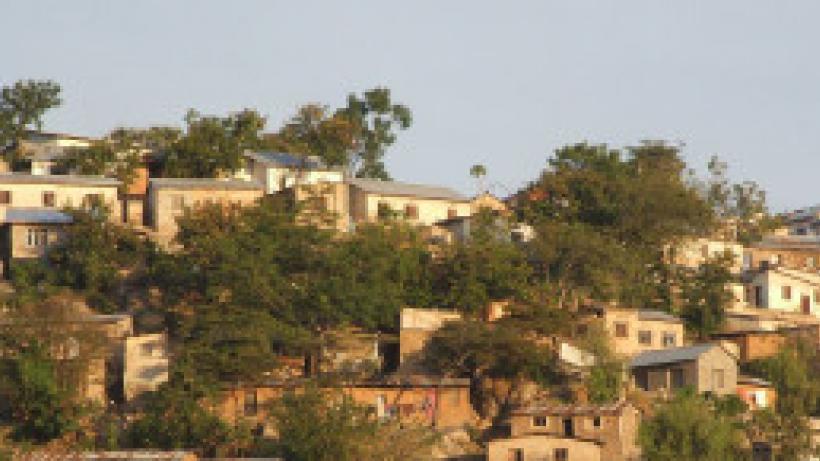Urbanisation, growth, and poverty reduction: The role of secondary towns
-
Researchers find that secondary towns are better at reducing poverty than mega cities and believe this is a result of their closer proximity to the rural poor.
-
The push to middle-income status, which Tanzania aspires to, cannot be driven purely by concentrating on growth engines in the largest cities.
-
Carefully thought-through secondary town development can become an important policy vehicle for inclusive growth.
Should Tanzania foster growth through investment in large cities, concentrating on reducing congestion costs there and banking on economies of scale and agglomeration to drive development? Or should the same total amount of investment be more geographically spread across secondary towns to increase exposure of the hinterlands to urban centres?
The effect on growth and poverty reduction of these competing policy options depends on the nature of three separate, but inter-dependent phenomena: (i) intra-urban agglomeration effects and congestion costs, (ii) the economic linkages between urban and rural areas, and (iii) the rural-urban migration flows.
The primary contribution of this project was in understanding how the nature of urbanisation affects growth and poverty through its effect on rural-urban migration. In particular, while migration to large urban centres may come with faster income growth for those who make it, many do not make it and larger contributions to poverty reduction may come from migration off the farm, to other rural areas, or to towns. We asked what determines the choice of destination for a migrant, in particular as it pertains to choosing between rural areas, towns, or cities
Our quantitative analysis of the Kagera Health and Development Survey (KHDS) found, for example, that even in the presence of larger migration premiums from moving to the more distant cities, most people engage in surrounding non-farm economy or move to secondary towns. The analysis further showed that moves to secondary towns make up a much larger share of total growth and poverty reduction than moves to cities.
This project built on this quantitative work to inform a new round of qualitative fieldwork, to better understand the motivations behind migrants’ choice of destination (i.e. cities, secondary towns, other rural areas). To this end, focus group discussions were carried out and life histories recorded from a group of carefully stratified survey respondents. A rich narrative around destination choice among rural-urban migrants was developed, with particular attention to the features distinguishing smaller from larger urban centres.





